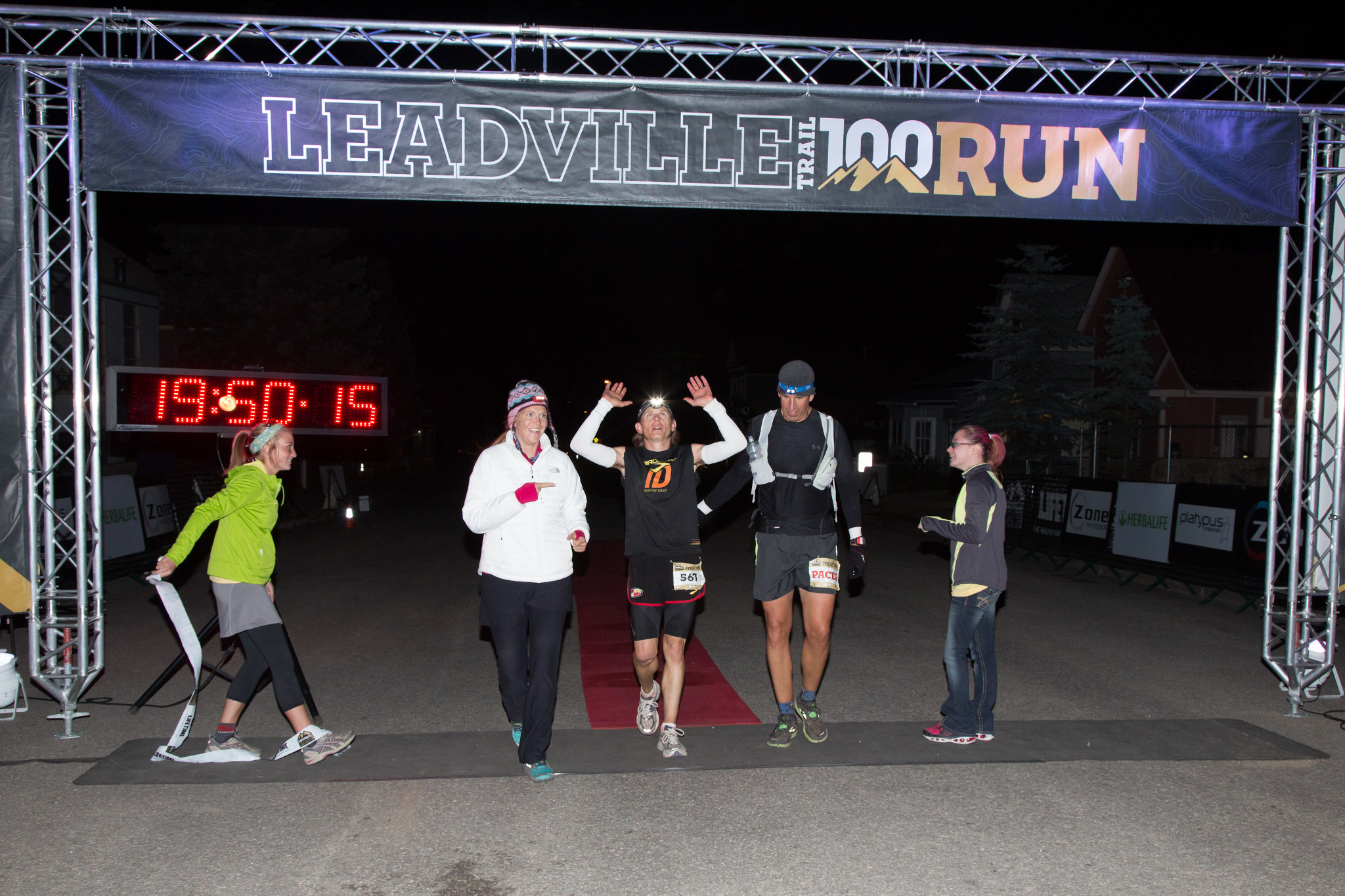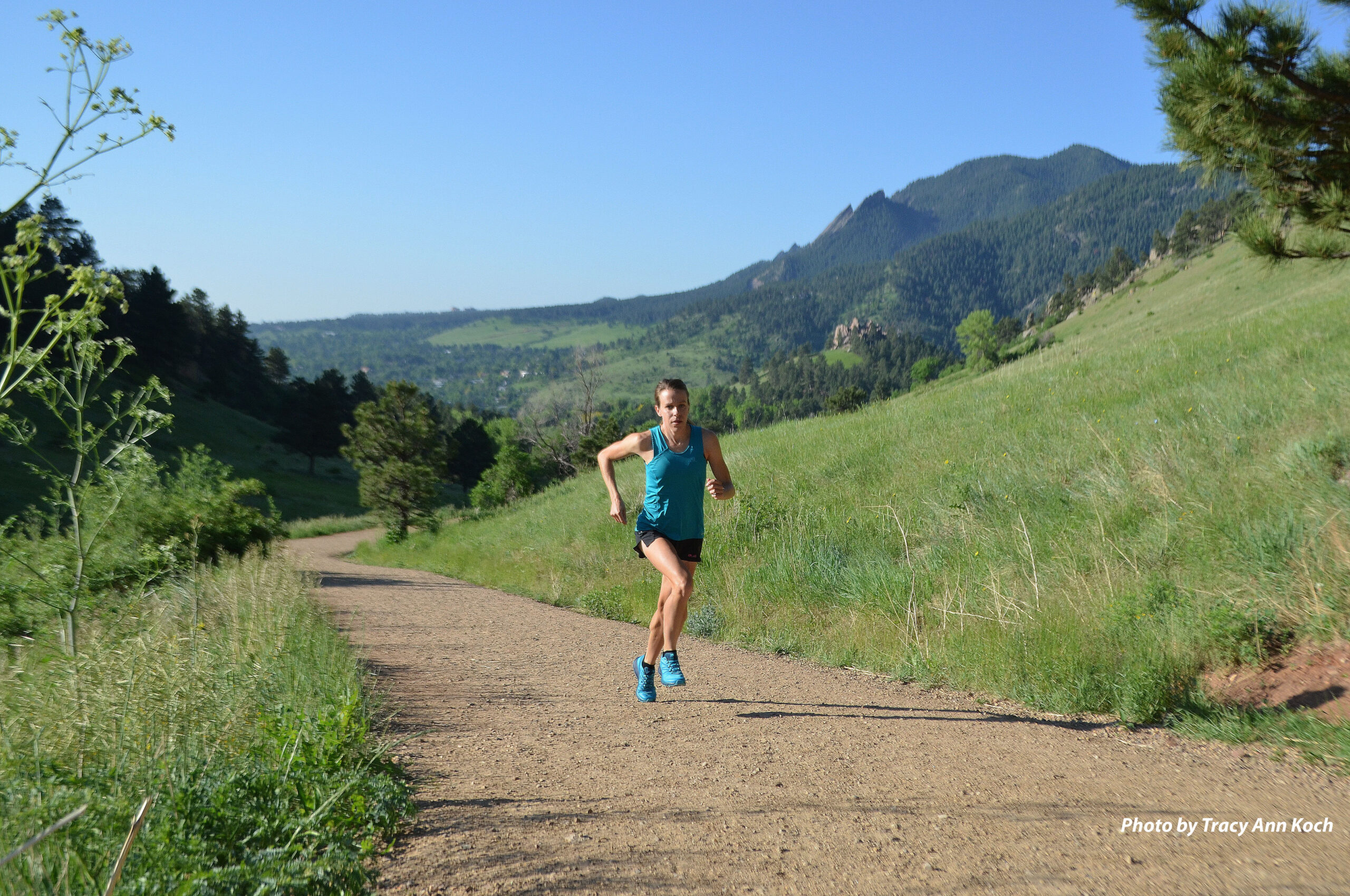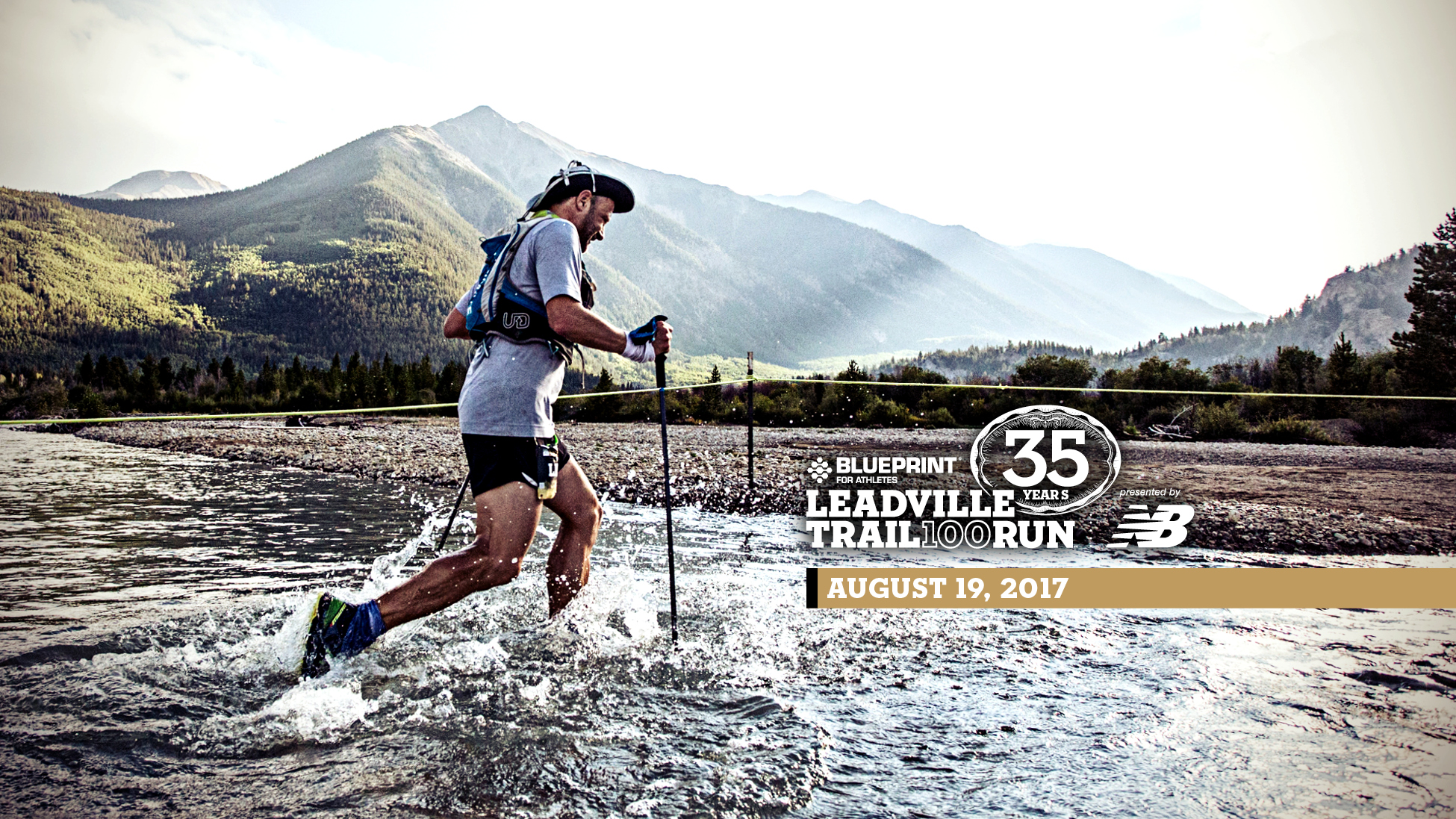By Ian Sharman – Originally posted January 2016
The race is seven months away. What should I be doing right now to help my body and mind get ready for the big day?
At this stage, many runners are restarting running after an off-season, so the first thing is to have a base phase where you gradually build up mileage without too much intensity. Seven months is a long time, so there’s no rush to do specific training for the race yet. It’s not time for the bigger weeks of ascent and longer runs.
It’s important to kick things off in a sustainable way and avoid injuries over the coming months, so this is a good time to start a routine of core and stability training. This training should be specific to running but also tailored to each individual’s strengths and weaknesses. A certified personal trainer or physical therapist should be able to identify the best exercises, but if you seek one out, make sure they are also an athlete and regularly work with runners.
Which of the Blueprint for Athletes Leadville Race Series run events will best prepare me to run the Blueprint for Athletes Leadville Trail 100 Run in August?
The Blueprint for Athletes Silver Rush 50 Run is longer than the other build-up races, so that really helps with dealing with running for longer periods at altitude. However, any of the Leadville races will provide useful experience and give you a good idea of how your body copes with altitude.
No matter how many of the build-up races a runner takes part in, it will still be vital to get altitude training in the week or two prior to the 100-miler. The best way to do this is to commit to a vacation in the mountains, at altitude, for at least a week prior to the race. I’d recommend this anyway, since the Rockies are a lot of fun in August and low intensity hiking allows for altitude acclimatization as well as spectacular views.
What is the best strategy for using races as training for a big event like the LT100 Run?
It depends on the level of experience a runner already has, but if this is the first attempt at a 100-miler, then it’s helpful to have at least a couple of 50-milers or a 100K under the belt. This helps with both physical training and helps you know what kinds of things start going wrong after that many hours of running. Ideally, I recommend longer ultras of 50 miles to 100K at least six weeks out from Leadville, and the last harder long run or race (around marathon to 50K distance) around four weeks out. I recommend not doing a 50-miler at six weeks out followed by a 50K at four weeks out – spread them out a little more.
Physical fitness is only one component and isn’t usually the reason that runners have to drop in 100-milers. Managing the body and dealing with issues along the way is important, but developing the mental toughness to refuse to give up is just as key to success.




